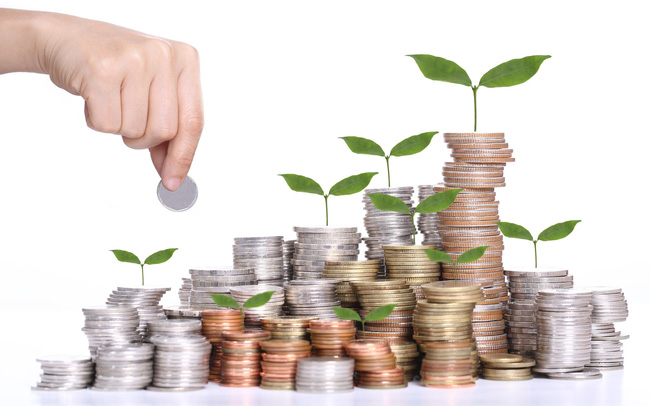Análises & Estudos • Elemzések és tanulmányok • 連載・特集 • Analyser & studier • Analizler ve Çalışmalar • Analize si Studii • Analyser og undersøkelser • Analyse en studie • Analize & Istraživanja • Аналіз та дослідження • Анализ & Исследования • Αναλύσεις & Μελέτες • 시장조사 • Analyysit ja tutkimukset • Analýzy & Štúdie • Анализи & Проучвания • Analiza & Studime • Analýzy & Studie • Analysen & Studien • Analyses & Etudes
Foreign funds keep pouring money into Vietnam

A high economic growth rate, prosperous stock market, and the government’s determination to divest from state-owned enterprises all make Vietnam a promising market.
According to Doanh Nhan Sai Gon, Warburg Pincus has invested a total of $1 billion in Vietnam’s businesses. In March 2018, the investment fund pumped $370 million into Techcombank, the biggest private equity investment in Vietnam’s history.
The deal was made just days before Techcombank began listing its shares on the HCMC bourse in June.
Prior to that, the investment fund injected $200 million into Vincom Retail and later raised the investment value to $300 million.
KKR also targets Vietnam’s businesses. The US leading investment fund pumped money into Masan Group in 2017.
Commenting about Vietnam, Ashish Shastry from KKR South East Asia said the country has great potential with its rising economy and many favorable factors in terms of demographic trends.
Vietnam's explosive development is part of the general trend that is spreading across Asia, where Western investment funds poured $158 billion in 2017, up by 38 percent compared with 2016, according to Preqin.
The figure was $23.5 billion in Asia, a three-fold increase compared with 2016. Investors bet on high GDP growth rates, heavy investments in technological infrastructure and the growing middle class in the region.
The International Monetary Fund (IMF) has predicted stable growth in five South East Asian countries, including Indonesia, Malaysia, the Philippines, Thailand and Vietnam, with average growth rate of 5.3 percent in 2018 and 5.4 percent in 2019.
In fact, experts believe that India and China will have higher economic growth rates. However, as the share prices in the countries are high, the profitability is less attractive than in South East Asian countries.
Quoting an expert, Nikkei affirmed that in South East Asia, investors can find more reasonable investment items which can bring big profits after 3-5 years.
Another factor is the reform in the capital market. In Vietnam, the reform is concentrated on the public economic sector, including divestment from state-owned corporations.
The process kicked off in 2011, but it only became strong in 2016. The number of state-owned corporations decreased from 1,500 in 2010 to 583 in 2016 and expected to decrease to 120 by 2020, according to the Ministry of Finance.
Meanwhile, the number of listed companies has increased from 2 in 2000 to 686 by the end of 2015, according to the State Securities Commission. The total capitalization value of the market increased from 0.23 percent GDP to 34.5 percent GDP in the same period.
Source: VietnamNet


